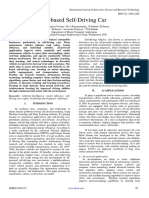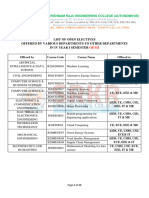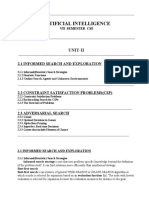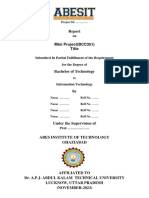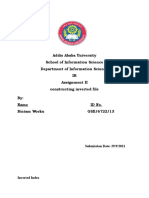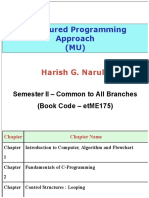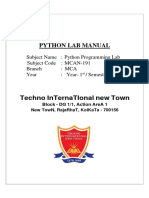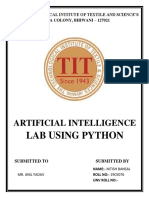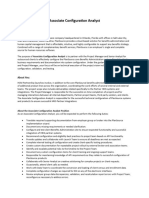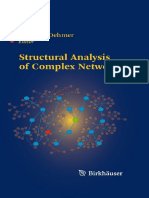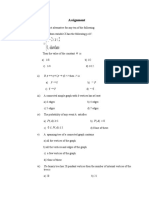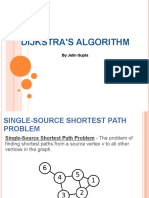0% found this document useful (0 votes)
170 views13 pages18AI55 - Module 2 Notes
The document discusses problem reduction and game playing techniques in artificial intelligence. It describes AND-OR graphs and how they can be used to decompose problems into subproblems. It then explains the AO* search algorithm for solving problems represented as AND-OR graphs.
Uploaded by
1dt20ai024Copyright
© © All Rights Reserved
We take content rights seriously. If you suspect this is your content, claim it here.
Available Formats
Download as PDF, TXT or read online on Scribd
0% found this document useful (0 votes)
170 views13 pages18AI55 - Module 2 Notes
The document discusses problem reduction and game playing techniques in artificial intelligence. It describes AND-OR graphs and how they can be used to decompose problems into subproblems. It then explains the AO* search algorithm for solving problems represented as AND-OR graphs.
Uploaded by
1dt20ai024Copyright
© © All Rights Reserved
We take content rights seriously. If you suspect this is your content, claim it here.
Available Formats
Download as PDF, TXT or read online on Scribd
/ 13














